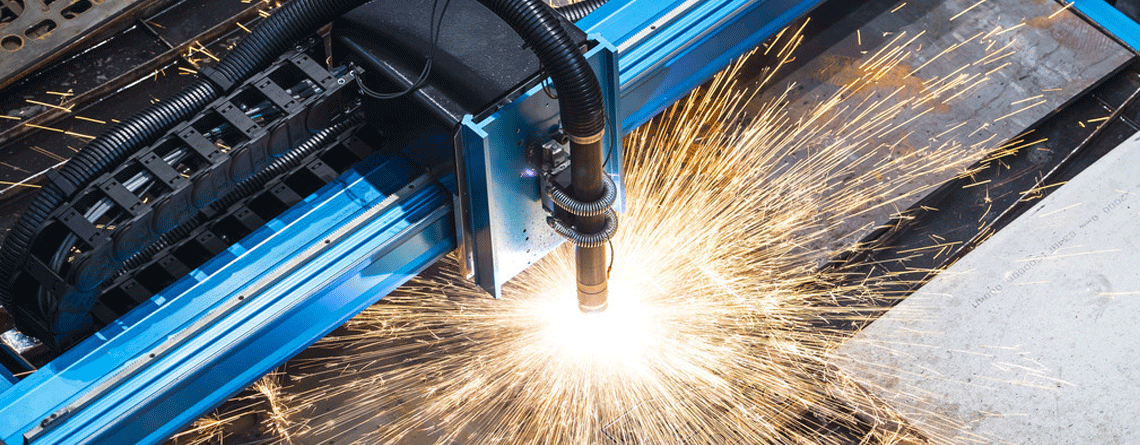How to solve the problem of burning edge in the processing of sheet metal laser cutting machine?
The sheet metal laser cutting machine will generate a lot of heat during cutting. Under normal circumstances, the heat generated by the cutting will spread along the cutting seam to the processed sheet metal to be cooled. However, during the processing of the small hole, the outside of the hole can be cooled, but the small hole inside the single hole has a small space for heat diffusion and the energy is too concentrated, which may cause overburning, slagging, etc. In addition, in the cutting of thick plates, the molten metal accumulated on the surface of the material and the heat accumulation generated during the cutting will cause the auxiliary airflow to be turbulent, and the heat input will be too much, which will cause the edge burning problem. So how to solve the problem of burning edge in the processing of sheet metal laser cutting machine?
- The solution to the burning of the sheet metal laser cutting machine during carbon steel cutting: In the carbon steel cutting with oxygen as the auxiliary gas, the key to solving the problem lies in how to prevent the generation of oxidation reaction heat. It is possible to use auxiliary oxygen during cutting, and switch to auxiliary air or nitrogen for cutting after hysteresis. The pulse cutting conditions of low frequency and high peak output power have the characteristics of reducing heat output, which is helpful for the optimization of cutting conditions. Setting the conditions to a single pulse laser beam, high peak output with high energy intensity, and low frequency conditions can reduce the accumulation of molten metal on the surface of the material during the perforation process and reduce the heat output.
- The solution for sheet metal laser cutting machine to produce burnt edges in aluminum alloy and stainless steel cutting: In this type of material processing, the auxiliary gas used is nitrogen, and burnt edges will not occur during cutting. However, due to the small holes The temperature of the inner material is very high, and the slagging phenomenon on the inner side will be more frequent. The solution is to increase the pressure of the auxiliary gas and set the conditions to pulse conditions with high peak output and low frequency. When using air as an auxiliary gas, it is the same as when using nitrogen. Edge burning will not occur, but it is easy to slag at the bottom. The conditions need to be set to high auxiliary gas pressure, high peak output, and low frequency pulse conditions.

